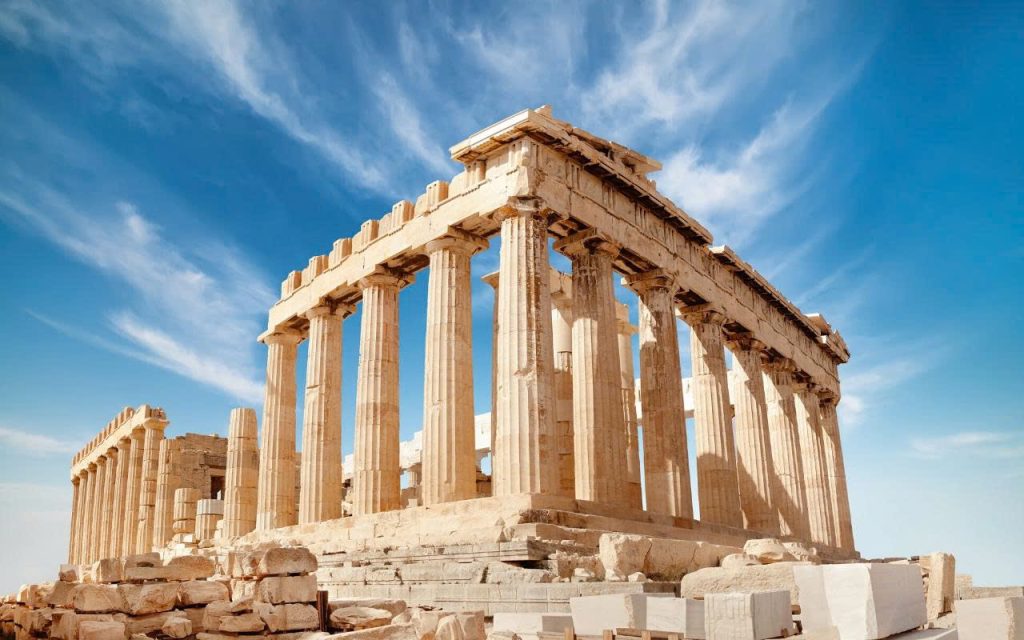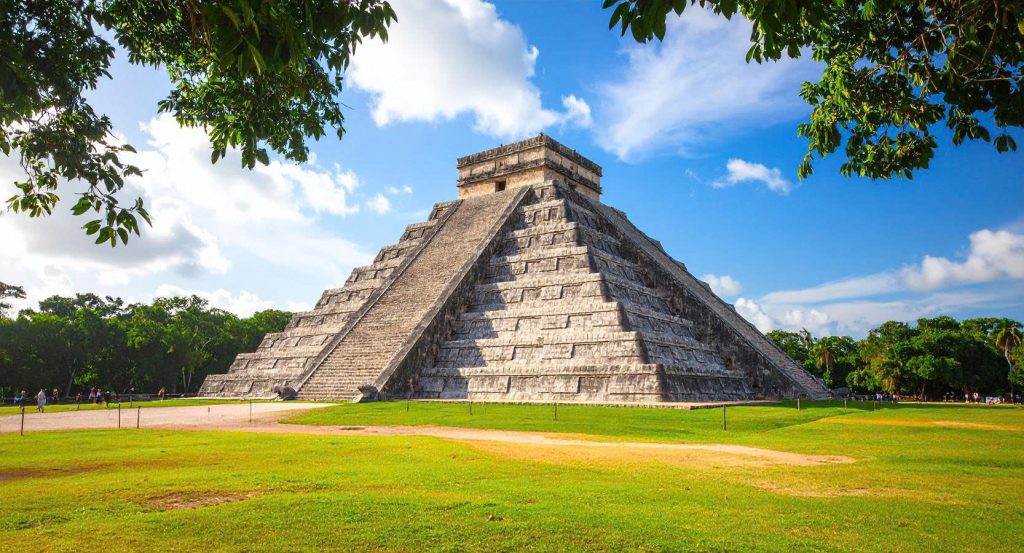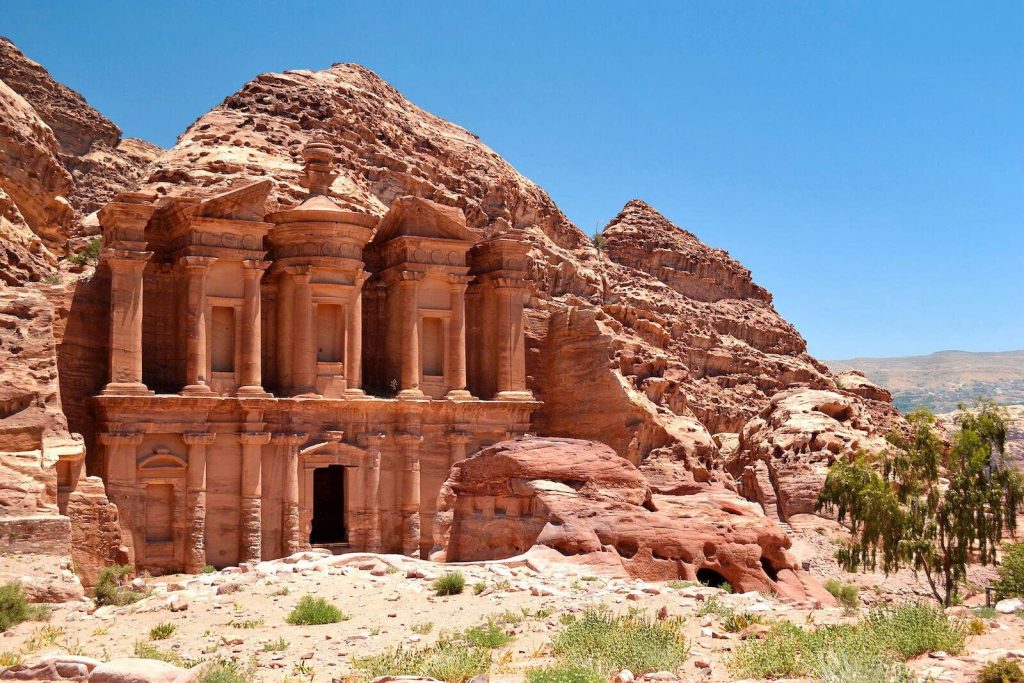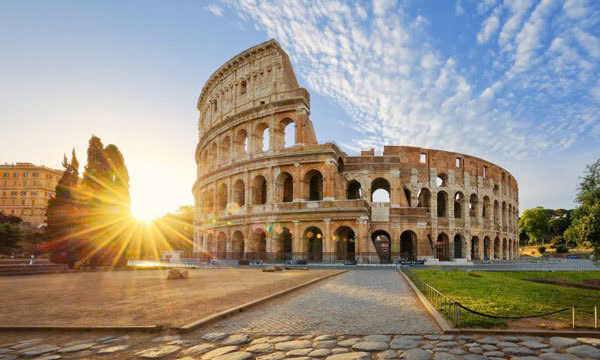The Acropolis of Athens is not merely a collection of ancient ruins; it is the physical and spiritual anchor of Western civilization. Perched majestically atop a rocky plateau, this monumental citadel has stood witness to the birth of democracy, philosophy, and classical art. For any traveler exploring Greece, visiting this UNESCO World Heritage Site is the undisputed highlight—a pilgrimage to the very genesis of modern thought.
The structures here—chiefly the Parthenon—represent the zenith of classical architecture. They symbolize the triumph of the human spirit following the Persian Wars and embody the ideals of beauty, symmetry, and perfection that defined Athens’ Golden Age under Pericles. To stand on the Acropolis is to stand where history’s most influential thinkers and leaders once stood. It is a moment of profound connection to the roots of our political and artistic world.
1. Deep Dive into History: The Golden Age and Pericles’ Vision
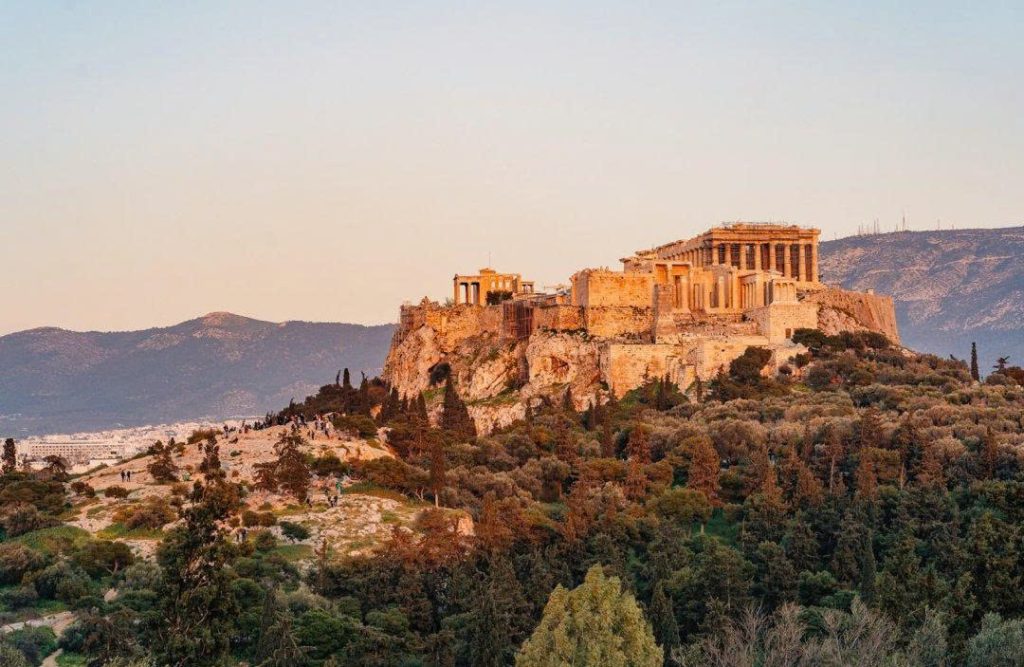
Originally, the flat-topped rock served as a defensive fortress—a citadel offering refuge to early Athenian settlers. Its earliest recorded structures date back to the Mycenaean era (1600–1100 BCE). Its mythological significance centers around the crucial contest between the goddess Athena and the god Poseidon to become the city’s patron. Athena famously won by gifting the Athenians the olive tree, symbolizing peace and prosperity, thus solidifying the site’s religious importance.
The Persian Wars and the Birth of the Classical Acropolis
A pivotal moment occurred in 480 BCE when the invading Persians sacked Athens, ruthlessly destroying all structures on the Acropolis. This catastrophic event, however, inadvertently cleared the way for something greater. The decision to rebuild—not just to restore, but to surpass—became a powerful, defiant statement of Athenian resilience and supremacy following their eventual victory.
The Vision of Pericles and the Master Architect Phidias
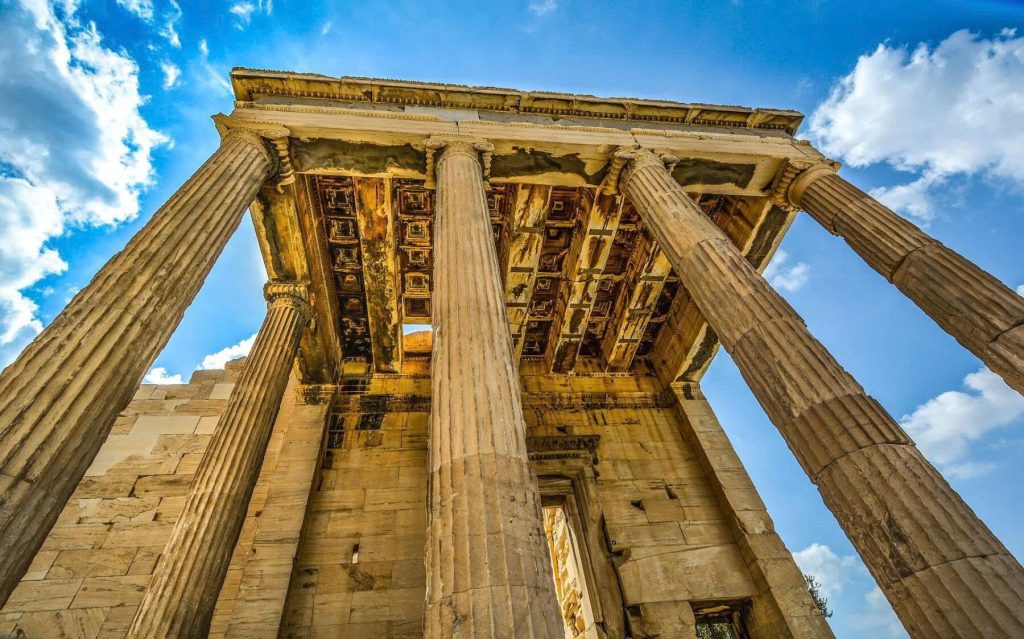
The political architect of this grand project was the influential Athenian statesman Pericles. Recognizing the importance of visual representation of power and culture, he commissioned a building program unrivaled in ambition, funded primarily by the treasury of the Delian League.
The artistic director and genius behind the design was the master sculptor Phidias, who oversaw the creation of the Parthenon, the Propylaea, the Erechtheion, and the Temple of Athena Nike (460–430 BCE). This period cemented Athens’ role as the undisputed cultural and intellectual epicenter of the ancient world.
It is crucial to recognize the multifaceted identity of the Acropolis. It was simultaneously:
- A Military Citadel: Its defensive position was its original function.
- A Sacred Temple Complex: Dedicated primarily to the worship of Athena Polias (protector of the city).
- A Political Symbol: It served as a dramatic, beautiful backdrop for the Ancient Agora, the democratic heart of the city below.
2. Must-See Monuments: An Architectural Masterclass
Your visit will primarily focus on the four major monuments of the Classical Acropolis. Take the time to appreciate the sophisticated details of each; they are the high points of architectural history.
The Parthenon: Dedication, Dimensions, and Architectural Genius
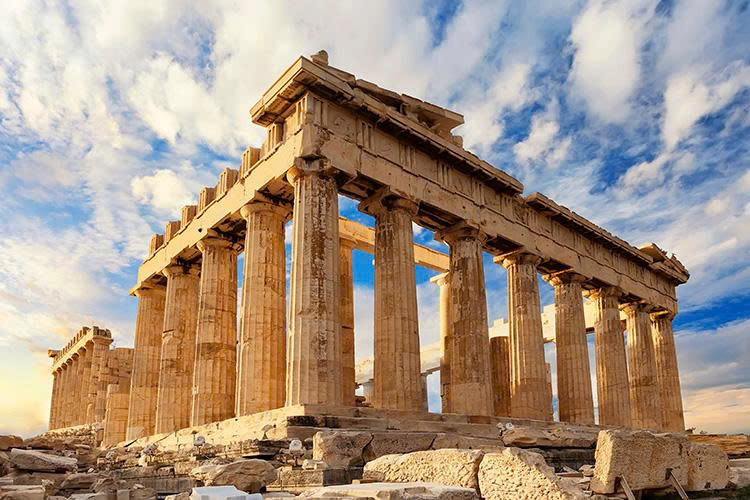
The Parthenon is the chief temple, constructed between 447 and 438 BCE, and dedicated to the virgin goddess Athena Parthenos. It is the purest and most enduring embodiment of Doric order architecture, designed by architects Ictinus and Callicrates under Phidias’s supervision.
The Phenomenon of Entasis and Optical Corrections
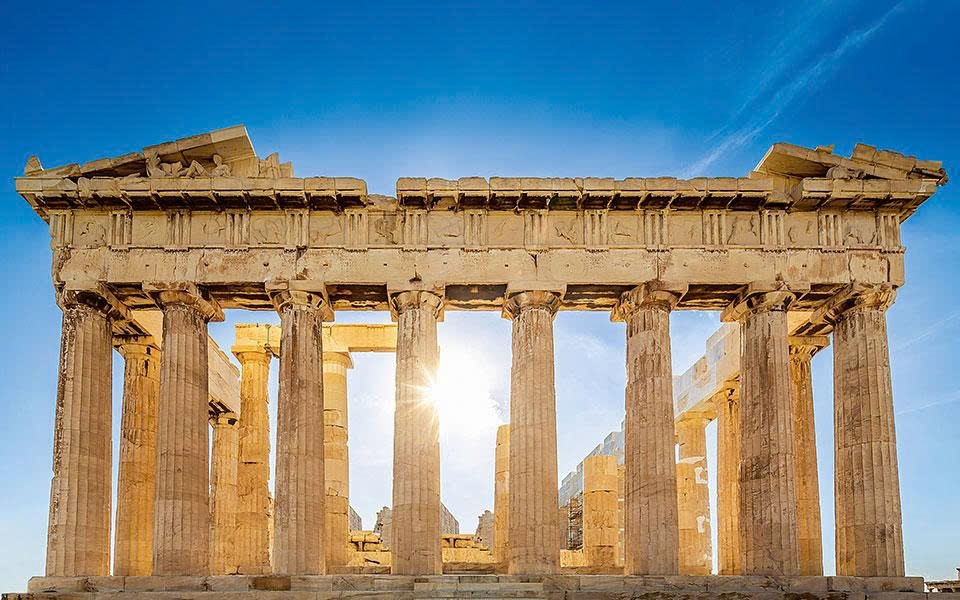
Its renowned perfection is largely an illusion achieved through mathematical genius. There are virtually no straight lines in the entire structure. The columns bulge slightly in the middle (entasis), the corner columns are thicker and lean inward, and the floor subtly curves upwards toward the center. These optical corrections were designed to make the temple appear perfectly straight and geometrically harmonious when viewed from a distance, showcasing unparalleled expertise in ancient Greek engineering.
The Missing Sculptures: A Discussion on the Elgin Marbles
While visiting, you will notice that the pediments, metopes, and friezes are largely missing. Most of the surviving decorative sculptures, infamously known as the Elgin Marbles or Parthenon Sculptures, were removed by Lord Elgin in the early 19th century and are currently housed in the British Museum in London. This separation remains a contentious issue, central to the global debate about the location and stewardship of cultural patrimony.
The Erechtheion: Home of the Caryatids
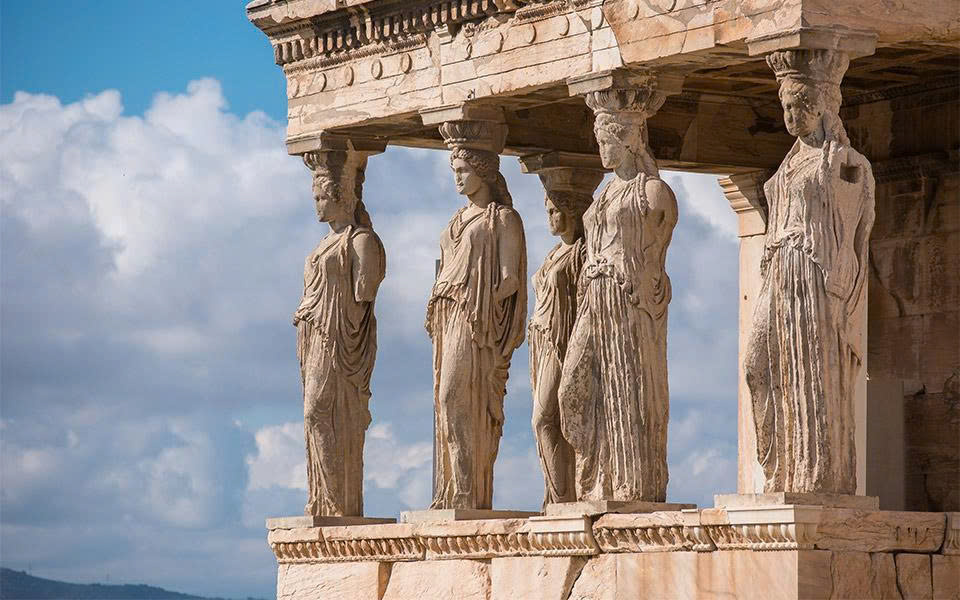
Standing in striking contrast to the Parthenon’s symmetry, the Erechtheion is the most complex and fascinating structure on the Acropolis. Located on the northern, most sacred section, this temple is a brilliant example of irregularly shaped Ionic architecture.
Its unique design was intentional, crafted to accommodate and preserve several of Athens’ most ancient and revered cults and shrines under one roof. These included the sacred spots marking the legendary contest between Athena and Poseidon, making the Erechtheion a powerful, physical testament to the city’s foundational myths and cultural roots.
The Mythological Battle: Poseidon vs. Athena
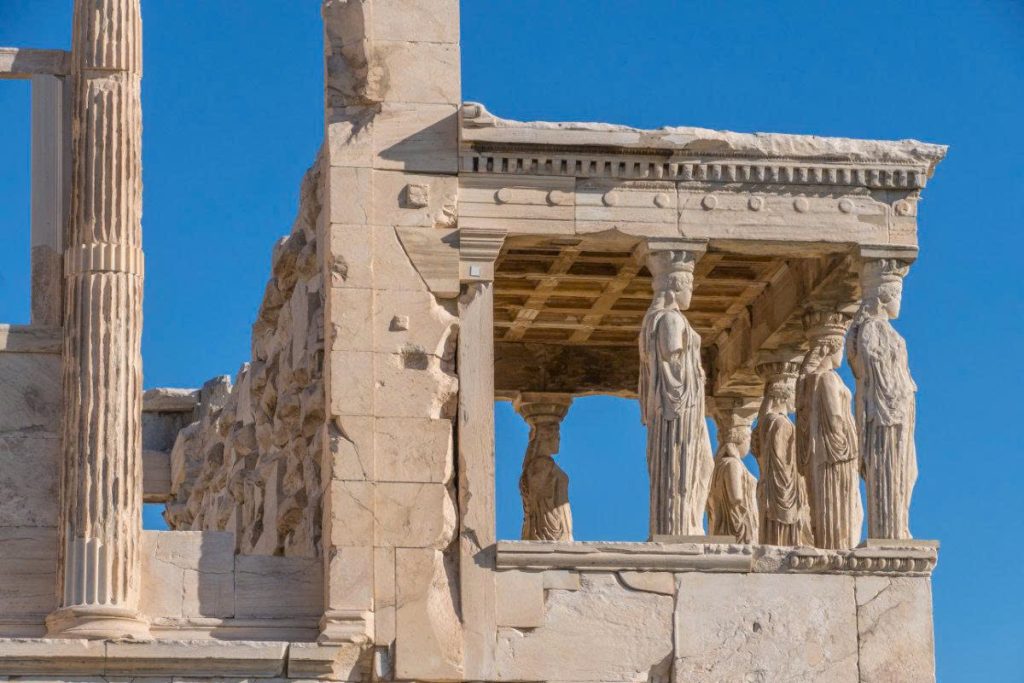
The temple marks the precise, hallowed spot where the legendary contest between the sea god Poseidon and the goddess of wisdom, Athena, took place to determine the patron deity of Athens. Visitors can still see a spot believed to be the trident mark left by Poseidon and the sacred space where the original olive tree of Athena—her winning gift—grew. This building is a physical manifestation of Athenian identity, integrating political power with foundational myth.
The Six Maidens: The Enduring Charm of the Caryatids
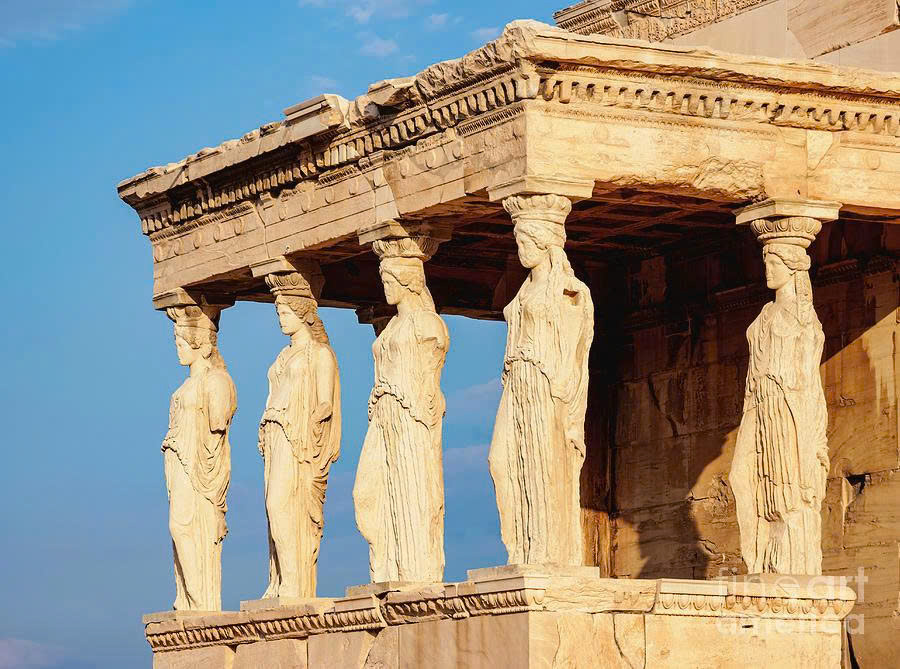
The most celebrated feature of the Erechtheion is its smaller southern section: the Porch of the Maidens. Here, six beautifully sculpted female figures, the Caryatids, serve as the load-bearing columns. These majestic figures, draped in flowing robes (peplos), are an unparalleled innovation in Greek architecture, replacing the standard fluted columns with human form. The ones you admire today on the hill are carefully crafted, high-quality replicas. To ensure their preservation from pollution and erosion, the original and priceless maidens have been moved and are now the centerpiece of the Acropolis Museum, where they can be viewed in exquisite detail.
The Propylaea: The Monumental Gateway to the Sacred
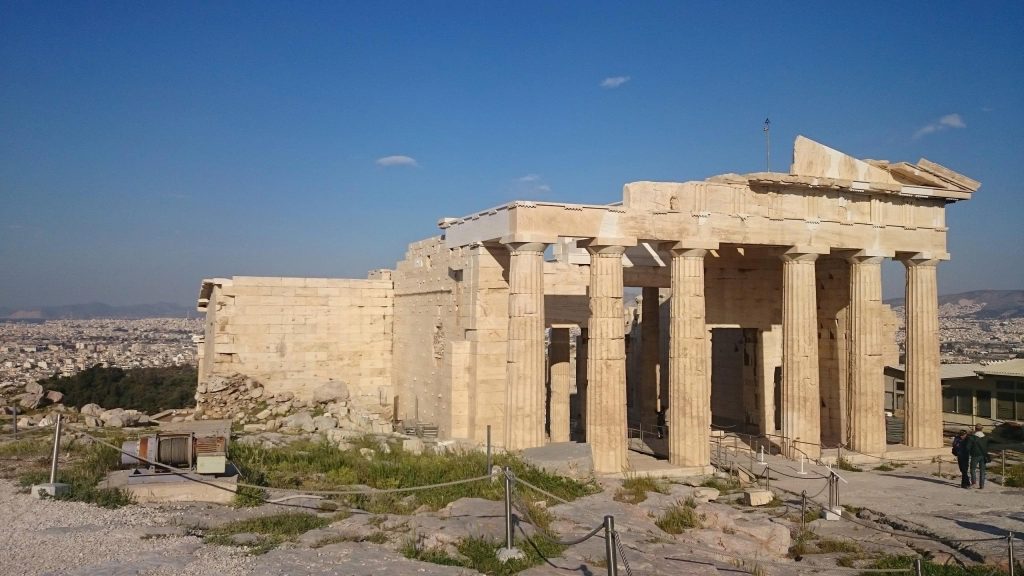
Designed by the architect Mnesicles, the Propylaea is far more than just a simple entrance. It is the colossal, columned gate structure at the western end of the Acropolis, meant to impress and control the transition from the secular city to the sacred citadel.
Its complex, two-winged design features a central passage flanked by Doric columns on the exterior and Ionic columns inside. It functioned not only as a gate but as a psychological and spatial transition, preparing the visitor for the awe-inspiring sight of the Parthenon that awaited them within. It served as a sacred liminal space, separating the hustle of the Athenian marketplace from the tranquility of the gods’ sanctuary.
The Temple of Athena Nike: Symbol of Victory
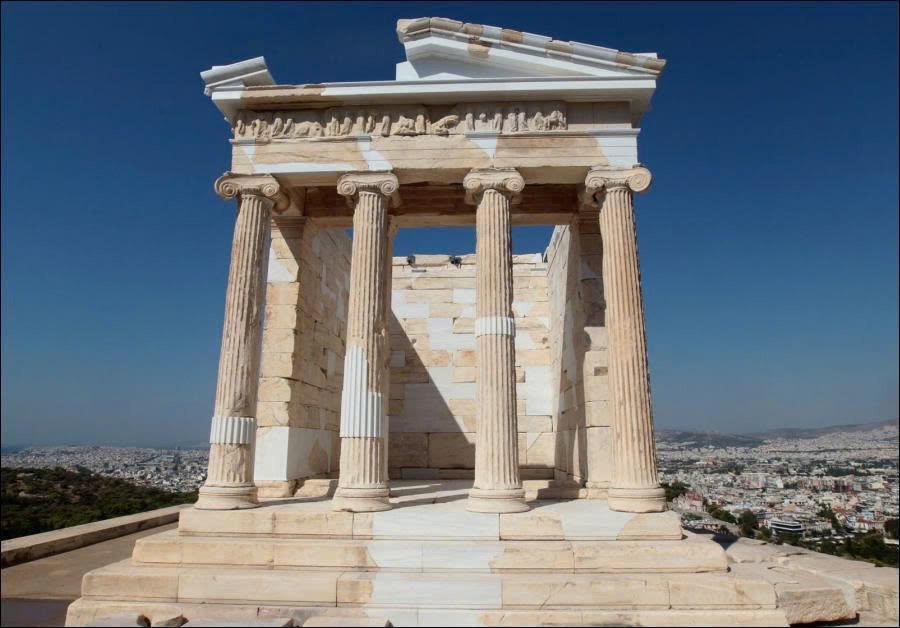
Standing poised on a high bastion overlooking the approach road, the tiny, elegant Temple of Athena Nike (Athena of Victory) is a true gem of the Acropolis. Its delicate Ionic structure makes it lighter and more refined than the massive Parthenon.
Dedicated to the aspect of Athena associated with military success, its commanding view over the city and the Saronic Gulf made it a powerful symbol of Athenian prowess. Legend states that its strategic position allowed the Athenians to watch for the return of their victorious fleet. The temple’s presence constantly reminded Athenians of their triumphs and their goddess’s protection, solidifying its place as a cherished symbol of military might and Athenian glory.
3. Essential Visitor Tips: Mastering the Ticket System
Getting the logistics right is the foundation of a stress-free and rewarding visit. The most critical step in securing a smooth experience is mastering the ticket system.
How to Guarantee Entry: Timed-Entry Tickets
The days of long, winding queues at the Acropolis ticket booths are largely over for those who plan ahead. To manage massive visitor flow, the Acropolis now operates on a mandatory timed-entry system.
- Official Booking: Always purchase your ticket online in advance through the official Greek Ministry of Culture website (hhticket.gr).
- Choose Your Time Slot: When booking, you must choose a specific 2-hour window for your entry.
- Skip the Purchase Line: Once purchased, you receive a mobile or printable ticket with a barcode. This allows you to bypass the ticket purchase line completely and head directly to the security check, ensuring you maximize your precious sightseeing time.
Crucial Update: The End of the Combined Pass
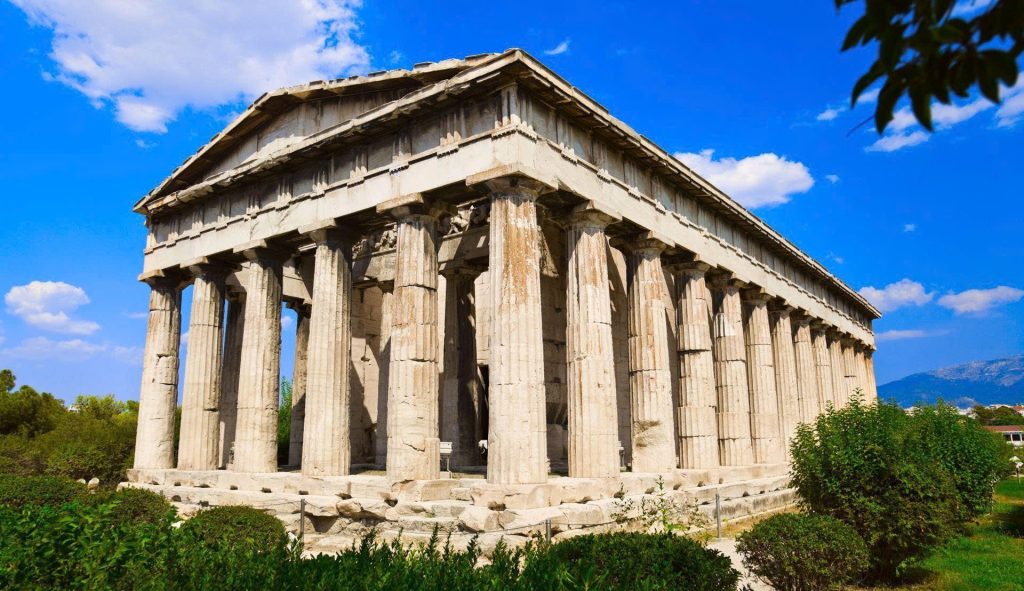
Please be aware that the popular and cost-saving Combined Ticket that covered the Acropolis and six other major Athenian sites has been officially discontinued as of April 1, 2025.
- New Structure: Visitors must now purchase individual tickets for each archaeological site they wish to visit, or explore multi-site passes offered by authorized third-party vendors. Be sure to budget accordingly based on single-entry fees for all sites.
Free Entry Days and Concessions: The Documentation Rule
Greek law generously offers free entry to all visitors on specific national and memorial dates, including:
- 6 March (In memory of Melina Mercouri)
- 18 April (International Monuments Day)
- 18 May (International Museums Day)
- The last weekend of September (European Heritage Days)
- 28 October (OXI Day)
- Every first Sunday of the month (from November 1st to March 31st)
Important Concession Rule: While eligibility for free entry (e.g., EU citizens under 25, non-EU children under 5) or reduced admission (e.g., EU citizens over 65) exists, these tickets cannot be acquired online. You must queue at the on-site ticket booth with all relevant, valid documentation (passport, ID card, student ID) to receive your free or reduced-price ticket. Be prepared for a potentially significant wait if you rely on obtaining these tickets on a busy day.
4. Best Time to Visit: Beat the Crowds and the Heat
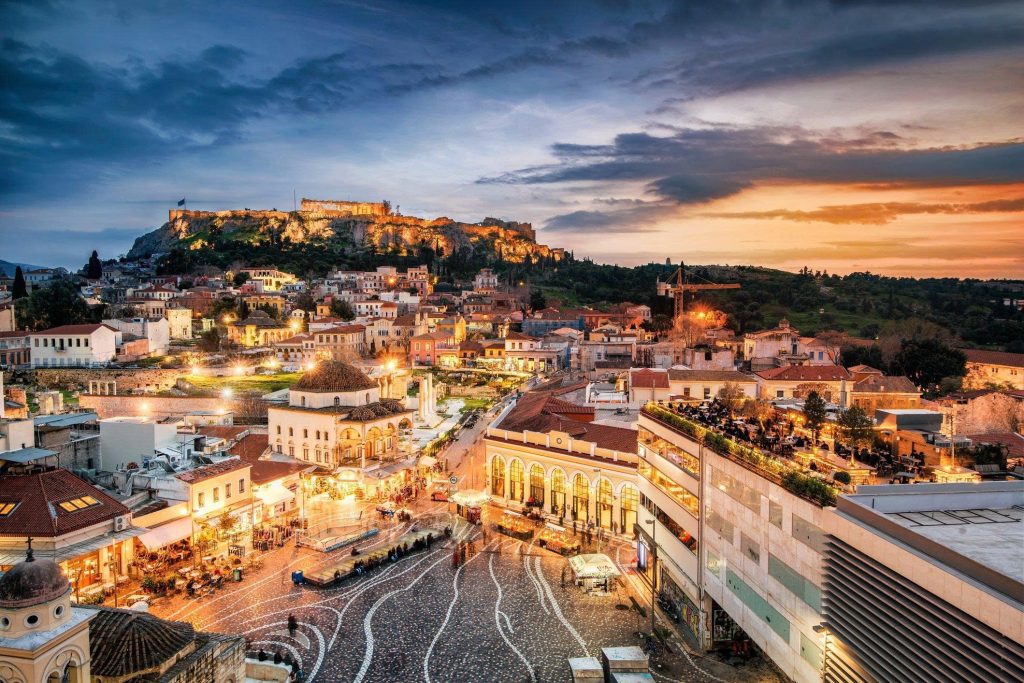
Timing is arguably the most critical factor for enjoying the Acropolis.
Morning vs. Afternoon: Timing Your Arrival
The best time to visit is immediately after the opening time (typically 8:00 AM). Aim to be at the gate no later than 7:45 AM. The second-best time is the late afternoon, roughly one hour before closing, when the tour buses have departed and the light is soft for photography.
High Season vs. Off-Peak Season”
- High Season (June–August): Approach with extreme caution due to intense heat (often exceeding ) and heavy congestion. Prioritize hydration and early morning visits.
- Off-Peak Season (April–May and September–October): The ideal time. The weather is pleasant, the light is beautiful, and the crowds, while still present, are significantly more manageable.
Acropolis Opening Hours and Seasonal Changes
The site is generally open from 8:00 AM to 5:00 PM, but hours can be extended in summer and reduced in winter. Always check the official website on the day of your visit, as closures can occur suddenly due to heat waves or unexpected strikes.
5. Getting There & Getting Around: Practical Tips for a Smooth Visit
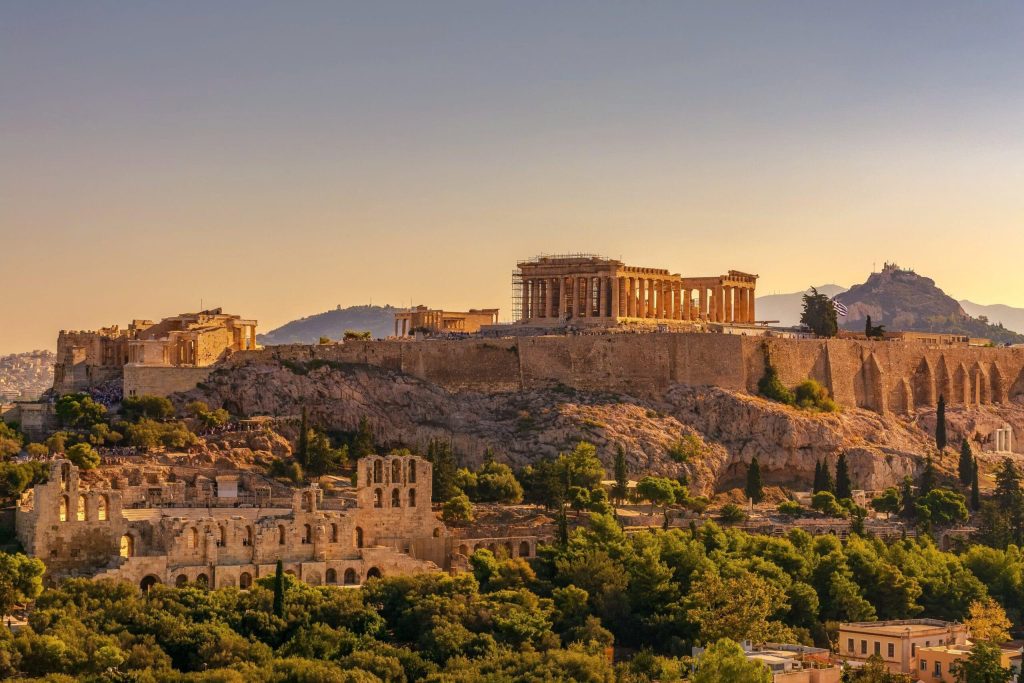
Your pilgrimage to the Acropolis should be defined by awe, not anxiety. This section is dedicated to ensuring your physical journey is as smooth as possible, covering everything from navigating Athens’ transport system to managing the challenging terrain of the sacred rock itself.
Key Logistics & Accessibility
- Entrances: The Acropolis has two main points of access. The Main Entrance (North) is where the tour groups queue, making it the busiest. The Southeast Entrance (near the Acropolis Museum) is often faster for those with pre-booked timed-entry tickets.
- Accessibility: The site is challenging for visitors with mobility issues due to uneven marble surfaces, but there is a modern elevator available on the North side of the hill for individuals with disabilities and those with limited mobility. Note: This elevator is only for specific groups, and you should call ahead to confirm availability, as it can be temporarily closed due to high winds or maintenance.
- Terrain and Footwear: The marble pathways are polished smooth by centuries of wear and can be extremely slippery. Always wear comfortable, rubber-soled shoes (sneakers or walking boots) and avoid sandals or high heels.
6. Maximizing Your Visit: The Power of Interpretation
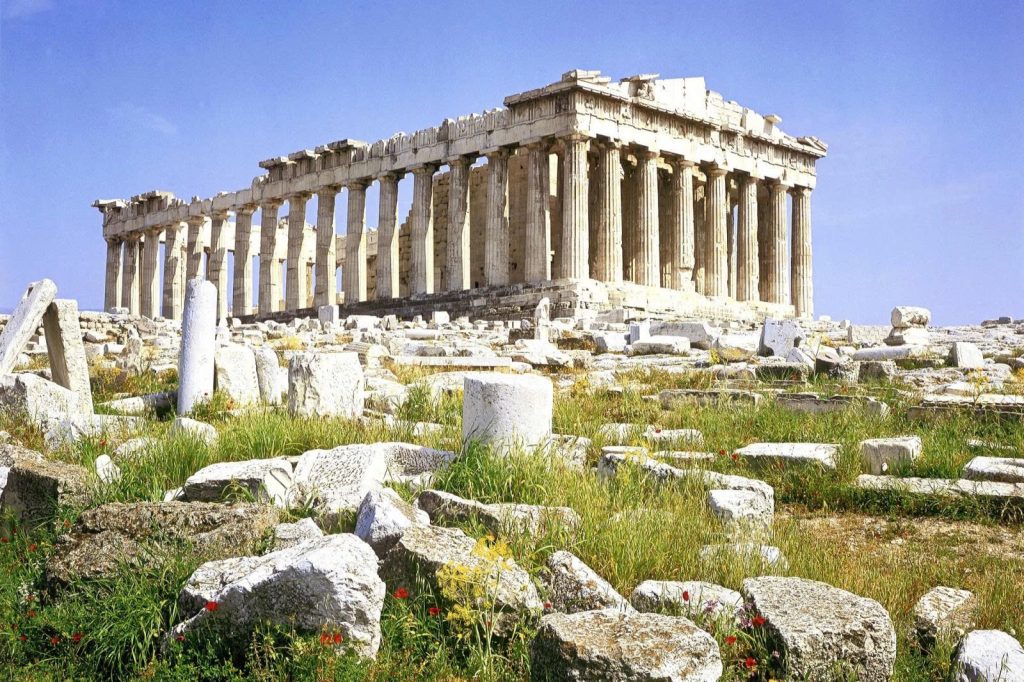
The sheer scale and historical density of the Acropolis demand context. To truly move beyond mere sightseeing and appreciate this civilization-defining site, interpretation is vital. Understanding the stones is what transforms your visit into a meaningful pilgrimage.
Should You Book a Licensed Guided Tour?
For a site of this historical magnitude, securing an expert licensed guide is the single best investment you can make. They fulfill the need for deep, on-the-spot expertise.
A licensed Greek guide will provide a profound understanding of the complex mythology, the sophisticated architectural “tricks” (such as Entasis—the subtle curving of the columns), the engineering marvels, and the political climate of the Golden Age—details you simply cannot glean from a plaque or a generic guidebook. They transform the ancient ruins into vivid, relatable stories.
Choosing a Thematic Tour
To enhance your experience, consider choosing a tour that aligns with your specific interests. Look for guides who specialize in:
- Mythology and Religion: Focusing on the contest between Athena and Poseidon, and the religious function of the temples.
- Architecture and Engineering: Deep diving into the role of Phidias and the specific preservation work you see today.
- Political History: Exploring the foundations of democracy that were taking shape on the slopes below.
Self-Guided Audio Tours and Resources
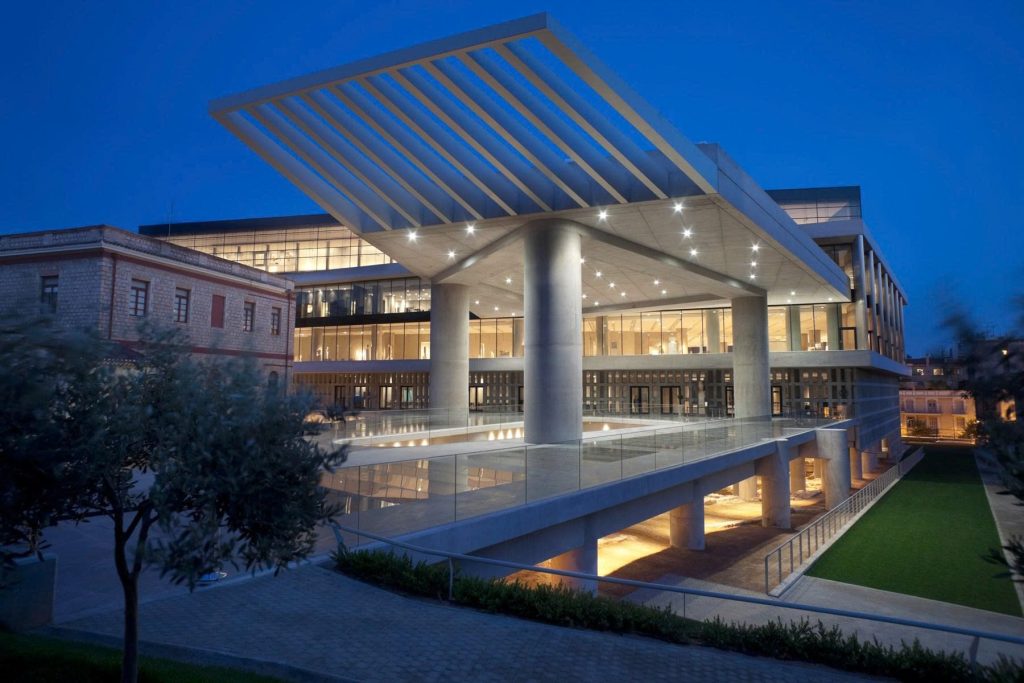
If a live guided tour is outside your budget, a self-guided approach remains an excellent option. Download a reputable, high-quality audio tour (often available as an add-on when purchasing your e-ticket) or dedicate time to research. Always prioritize resources provided by the Acropolis Museum or the Hellenic Ministry of Culture for guaranteed factual accuracy.
7. Beyond the Citadel: Exploring the Acropolis Footsteps
A truly comprehensive visit extends beyond the main plateau to the structures below and the nearby museum. Note: Following the discontinuation of the official Combined Ticket, visitors must now purchase separate tickets for these archaeological sites, or use a third-party multi-site pass.
The Acropolis Museum: Why it’s Non-Negotiable
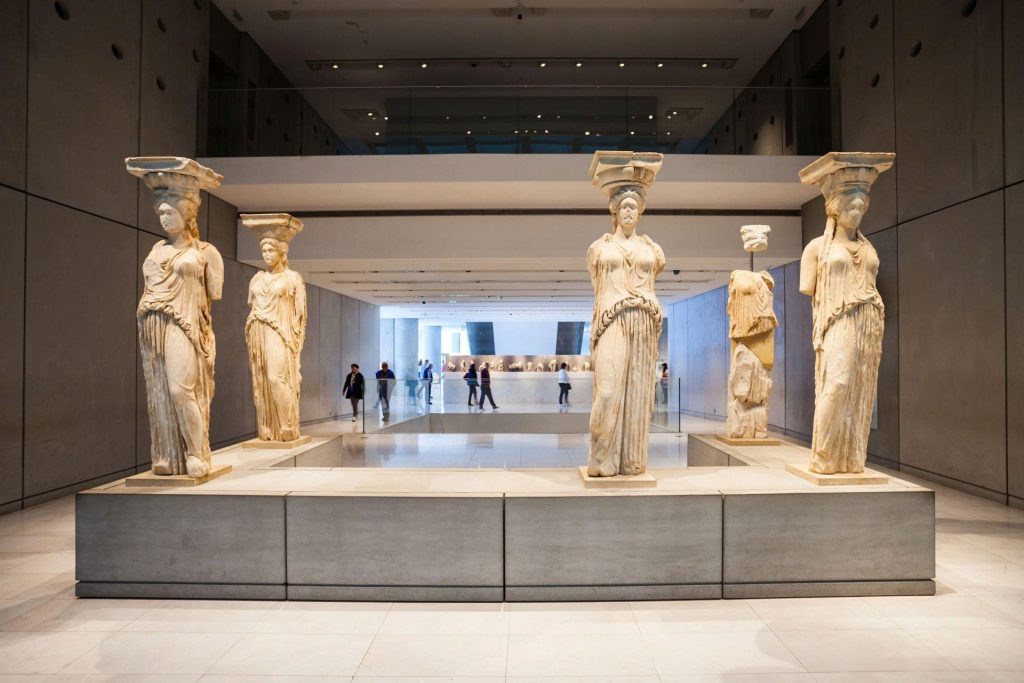
Located just 300 meters southeast of the rock, the sleek, modern Acropolis Museum is essential. It houses nearly all the artifacts found on the Acropolis and, crucially, provides the context and protection the original sculptures deserve.
The Parthenon Gallery and Original Caryatids The top floor is a stunning, glass-walled gallery built to the exact dimensions and orientation of the Parthenon. It displays the surviving friezes and metopes, along with the original Caryatids. The floor-to-ceiling windows offer an incredible, unobstructed view of the Parthenon itself, connecting the artifacts with their original placement.
The Ancient Agora and Roman Agora
Explore the Ancient Agora (the marketplace and true political heart where Socrates lectured) and the smaller Roman Agora (built under Roman rule). These sites offer a perfect contrast, showing the daily life that supported the intellectual elite on the hill.
The Theatres: Odeon of Herodes Atticus & Theatre of Dionysus
Located on the south slope, these two theaters highlight the Athenian contribution to the dramatic arts. The Odeon of Herodes Atticus is a fully restored stone amphitheater still used today for major concerts and performances during the summer festival.
8. Preservation and Restoration: The Acropolis Today
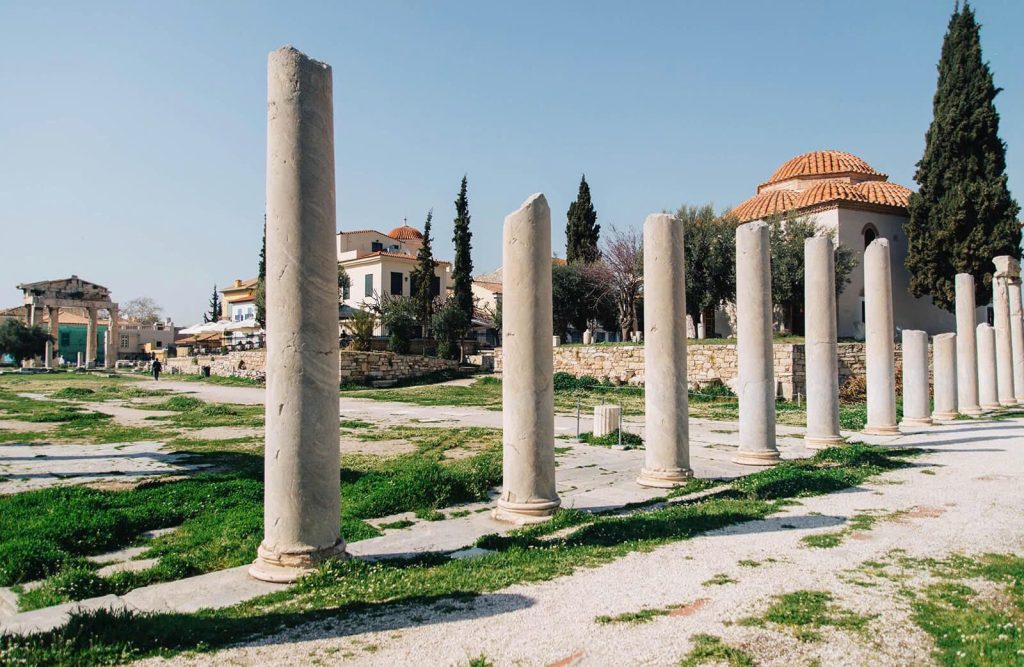
Visiting the Acropolis also means witnessing a massive, ongoing restoration project—a testament to modern Greece’s commitment to protecting its heritage.
The Challenges of Pollution and Erosion: The marble structures have suffered immense damage over millennia from war, earthquakes, and, most notably, modern industrial pollution, which accelerated the erosion of the stone through acid rain.
Modern Restoration Efforts and Controversies
Since the 1970s, continuous work by the Committee for the Conservation of the Acropolis Monuments has been vital. Modern restorers use original building materials and techniques (anastylosis) to ensure authenticity. Be prepared to see scaffolding and cranes; this is not vandalism, but necessary preservation work crucial for guaranteeing the site’s longevity for future generations.
This body of experts and archaeologists ensures that all interventions are documented, reversible, and use suitable, historically accurate materials, adhering to the strictest international conservation standards. Their tireless effort is the only reason the Parthenon remains standing.
You also may like: 7 Wonders of the World: A travel and history guide
The Acropolis of Athens is a profound, life-affirming experience that connects you directly to the foundations of Western civilization. To ensure your journey is successful and meaningful, remember to go early to beat both the crowds and the midday heat, and always purchase your timed-entry ticket online well in advance. Wear sturdy, non-slip shoes for navigating the marble surfaces. Allow a minimum of three hours for exploring the Acropolis rock itself, making sure to prioritize the magnificent Parthenon, and plan for an additional three hours at the indispensable Acropolis Museum.

